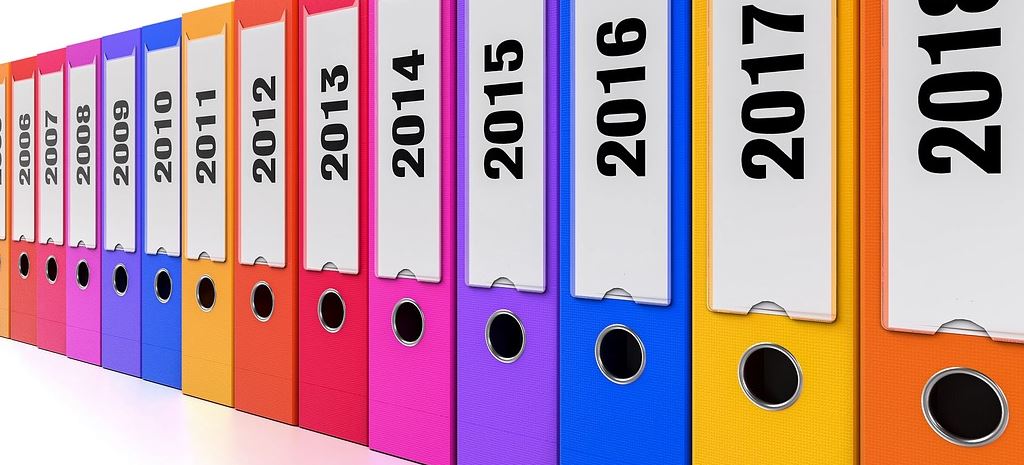Now that the books have been officially closed on 2017, it’s the time of year when industries look back fondly and highlight some of its successes in the previous year – and the solar industry is no exception.
In that spirit, the Interstate Renewable Energy Council (IREC) announced its state-level solar honor roll yesterday, which included four states: Minnesota, Illinois, Utah and Maryland.
It cited Minnesota for having the most growth potential, and its record in 2017 bears that out. Among its accomplishments were:
- finally getting its community solar program off the ground, reaching 170 MW of capacity by the end of the year;
- developing a progressive pro-solar agenda from the governor’s office on down, including the proposal of a 50% renewable portfolio standard; and
- having the state’s major utility (Xcel Energy) institute a new solar incentive in mid-December.
If Minnesota continues on the path it set for itself in 2017, IREC feels Minnesota’s growth potential is unlimited.
Illinois took home the award for developing the most creative policy solution for approaching solar development in its entirety, including workforce development, equitable distribution of beneifts (including low-income consumers) and providing new community solar options to its residents.
IREC cited the Illinois model as one other states could follow instead of doing solar policy piecemeal as so often happens.
Utah was cited as the “most surprising” solar state in the country for its meteoric rise to reach the sixth spot in the Solar Energy Industries Association’s (SEIA) annual ranking of states based on solar capacity in 2016.
It also praised the state’s tough net-metering settlement which, while taking slightly less than a year to reach, did not entire dismantle the policy and the 4,400 jobs the state currently supports.
Finally, IREC singled out Maryland for praise for its forward-thinking policy on energy storage, which it says made it the first state to adopt a direct energy storage incentive. The state’s government is also addressing other key issues surrounding energy storage, including how storage connects to the grid and who can own storage technologies.
In addition, the state’s Power Plant Research Project is working on a comprehensive energy storage study to determine what regulatory reforms and market incentives are necessary or beneficial to increase the use of stored energy. This study will be delivered to the legislature for consideration, which may result in additional steps for storage in the future.
This content is protected by copyright and may not be reused. If you want to cooperate with us and would like to reuse some of our content, please contact: editors@pv-magazine.com.








By submitting this form you agree to pv magazine using your data for the purposes of publishing your comment.
Your personal data will only be disclosed or otherwise transmitted to third parties for the purposes of spam filtering or if this is necessary for technical maintenance of the website. Any other transfer to third parties will not take place unless this is justified on the basis of applicable data protection regulations or if pv magazine is legally obliged to do so.
You may revoke this consent at any time with effect for the future, in which case your personal data will be deleted immediately. Otherwise, your data will be deleted if pv magazine has processed your request or the purpose of data storage is fulfilled.
Further information on data privacy can be found in our Data Protection Policy.